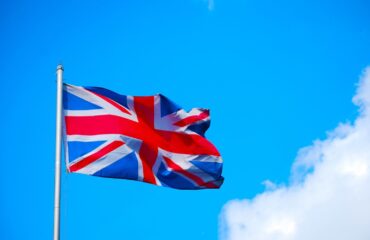
It is now an accepted fact that abandoned plastic requires an extended period of time before it disintegrates and is no longer a hazard. In some cases, it will continue to remain in the environment indefinitely producing substantial harm to animal and human health.
The amount of plastic materials used for packaging in the world is growing continuously and perhaps exponentially. Due to this the European Union has taken the position that it needed to accelerate in Europe the transition towards a regenerative growth model of resources in relation to plastic that will ensure less harm and that the population gives back to the planet more than it takes out. There have been many advances towards keeping the consumption of resources within the boundaries of the Union, and therefore the Commission has strived to reduce the consumption footprint of the population and double the circular material use rate of resources in the coming decade in the Union.
Recent studies show that the consumption of plastics is expected to double in the next twenty years, the European Commission has therefore been forced to take new measures to address the sustainability challenges posed by the materials that are left all over the place (ubiquitous material). It also continues to promote a concerted approach to tackle the question of plastic pollution on a global scale.
To ensure the timely implementation of the Directive on Single Use Plastic Products and fishing gear, the Commission issued the Directive (EU) 2019/904 which addressed the problem of plastic pollution while safeguarding the single market. This is often referred to as the Single-Use Plastics Directive (SUPD).
In particular it;
– Harmonized the interpretation of the products covered by the previous Directives;
– Dealt with the labelling of products such as tobacco, beverage cups and wet wipes;
– Ensured the introduction of tethered caps for bottles to prevent littering; and
– Developed for the first time rules on measuring recycled content in products.
This Directive pertains to the European Union’s plastics strategy and is an essential element on the EU’s move towards a circular economy.
This Directive’s aim is to reduce and prevent the use of certain plastic products in the environment and to promote a transition to a circular economy throughout the European Union. This is to be done by introducing different measures tailored to the products covered by the directive and thereby ensuring that single-use plastic products, (for which there are more sustainable alternatives are available and affordable), cannot be placed on the market.
The following single-use plastic products will no longer be available on the market and are forbidden to be produced as they are representing 70% of the marine litter found in the European Union. These products are such items as:
- Plates, straws, cutlery, and chopsticks made out of plastic;
- Cotton buds sticks (those with medical-use are an exception);
- Food containers used for foods intended for immediate consumption;
- Cups of beverages, including their lids;
- Plastic bags;
- Wet wipes and sanitary items;
- Cigarettes butts; and
- Balloons and ballon sticks.
The Commission had other specific targets introduced under the Directive including:
– A 77% separate collection target for plastic bottles by 2025 to be increased to 90% by 2029;
– The incorporating of 25% of recycled plastic in PET beverage bottles from 2025, and 30% in all plastic bottles from 2030.
The European Union is trying to limit the use of these products through various measures including raising awareness, introducing design measures (such as connecting the cap to the bottle – a measure to reduce the number of caps ending up in the environment as litter) increasing the recycling of these products, the provision of labelling requirements to better communicate to the consumers as well as appropriate waste disposal and clean-up measures for producers.
The Directive had to be transposed into every national law by the 3rd of July 2021. The market restrictions and marking of product rules applied from 3rd of July 2021, while the product design requirements for caps and lids of single-use plastic beverage containers are to be applied from 3rd July 2024. The producer’s responsibility measures in relation to tobacco products with filters and filters marketed for use in combination with tobacco products apply from 5th of January 2023. All the measures are, therefore, currently required to be in force in the European Union. They are also applicable to products imported into the European Union from non-EU countries.
In Romania, after a delay of almost 2 months the Directive was transposed into the National Law at the end of August 2021 through Government Ordinance 6/2021 on reducing the impact of certain plastic products on the environment.
It is clear that the Directive (EU) 2019/904, Single-Use Plastics Directive, has accelerated the approach of government and businesses’ regarding the transition from a linear take-make-waste attitude previously used to one that is more circular in nature. This involves collecting and recycling resources at their optimum quality for an extended duration.
All the requirements of the Directive are having an impact on the way Romanian business carry on business as well as impacting imported and exporters.



